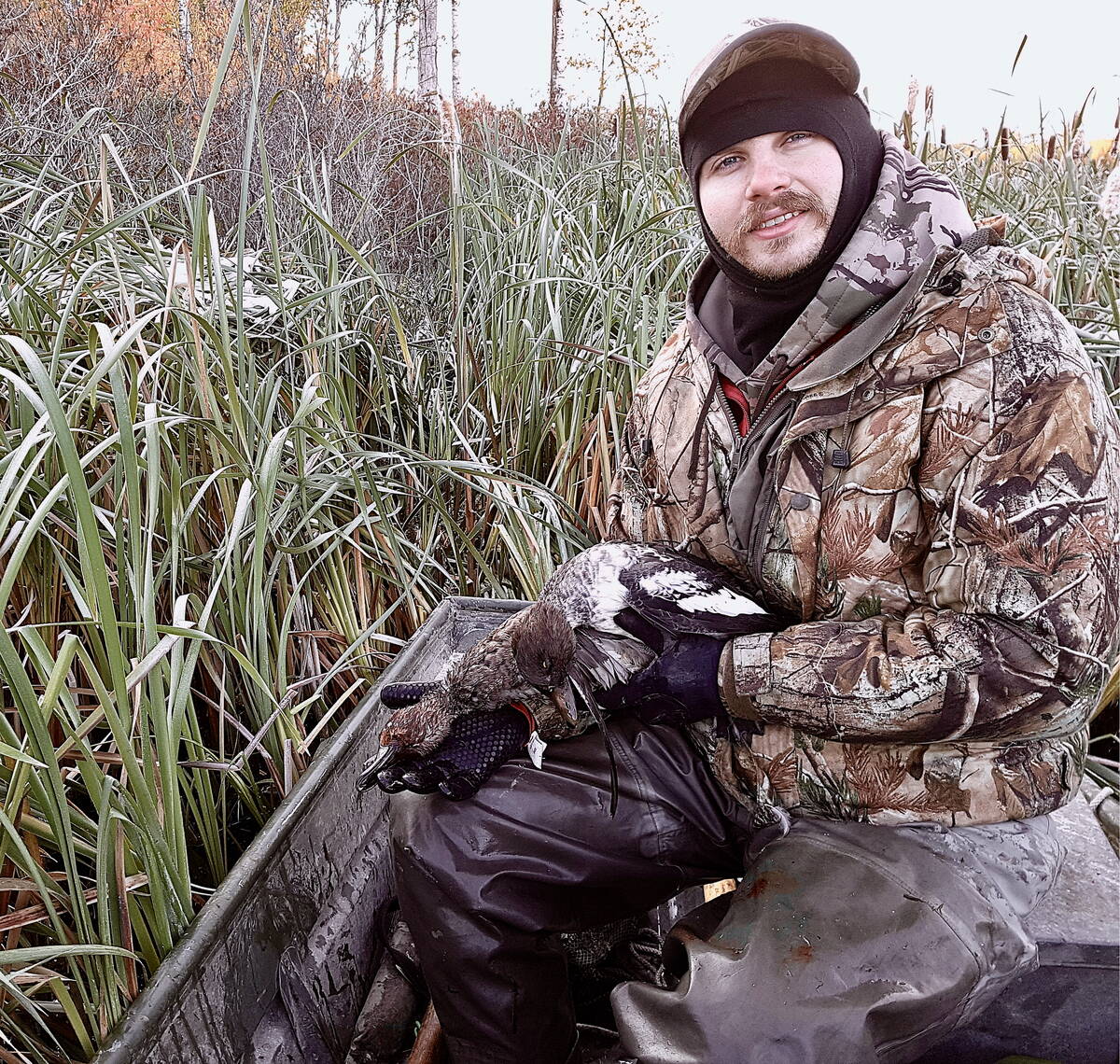A few years back, as the list of rural responsibilities assigned to one cabinet minister in a particular federal government grew longer than could be comfortably stated without pausing to breathe, reporters took to unofficially referring to him as the “minister for everything in between the big cities.”
In some ways, it was symbolic of how rural Canada is treated in national affairs. Those vast expanses between Canada’s urban regions matter a great deal to the rest of the country. They are the caretakers of the natural resources, namely water, and operate the primary industries that made Canadians among the wealthiest and healthiest in the world. Yet it seems “everything between the big cities” is in danger of falling through the cracks as the country embraces a cosmopolitan culture.
Read Also

Mastering Manitoba’s late-season bird hunt
Manitoba hunters still have plenty of hunting opportunities left in fall 2025 for grouse, partridge and even waterfowl like ducks and geese.
Rural Manitobans will find few surprises in a report released last week in which the Federation of Canadian Municipalities flags the growing disconnect between urban and rural Canada – but it was an important statement all the same.
The report, which to a large degree echoes the last year’s findings in a Senate Committee’s exhaustive report into the state of rural communities in Canada, concludes Canada is becoming increasingly distanced from its rural roots – and it is hurting the country as a whole.
The FCM quantifies the growing disparity in graphic terms. Resource industries such as agriculture, forestry and fishing contribute 50 per cent of this country’s export earnings, although many areas are not benefiting from the wealth that they help create. In fact many of those sectors are struggling at the primary producer level, as many farmers and fishers already know.
Fewer than 20 per cent of Canadians are now rural. Less than five per cent of the country’s new immigrants choose to settle in rural areas. Household incomes in rural Canada are below the national average, lifespans are shorter and chronic poverty is more common.
It speaks of a downward spiral – fewer people, smaller tax bases, fewer resources with which to provide basic infrastructure and services – which leads to fewer people. And on it goes.
It’s not that rural has fallen off the political agenda. The report notes federal and provincial politicians do a good job of raising rural issues. The problem lies within government itself. So many Canadians are so many generations removed from a rural lifestyle, the people working in the bureaucracy are no longer conscious of what makes being rural special, unique or challenging. Aspects of rural life that we take for granted, urbanites don’t even know exist.
The Rural Secretariat housed within Agriculture and Agri-Food Canada doesn’t have a big enough budget or staff to counter that phenomenon.
One example cited was changes made to voting procedures that disenfranchised nearly a million Canadians for the last election. Elections Canada imposed new rules requiring voters to have identification and a physical address in order to vote, apparently not realizing many rural residents only have post office boxes as their official address.
While this report acknowledges the many economic reasons for urban Canada to be concerned about a vibrant rural sector, it stops short of acknowledging the role it plays in stabilizing agriculture.
Historically, agriculture has been seen as the backbone of the rural economy. But when 50 per cent of farm families rely on an off-farm job to buy the groceries, you could argue that role is reversed.
Nor does this report delve into contributions rural places make to Canada’s cultural fabric. These contributions are perhaps less tangible or quantifiable in analytical terms, but they are real nonetheless. One attempt was a recent study by Queens University that pondered why so many professional hockey players as well as other professional sports came from smaller places. The author hypothesized there is a human development advantage to playing on smaller teams.
The FCM calls upon government for a rural champion within government. It says the Rural Secretariat has outgrown AAFC, although it goes on to say it can think of no better department as its home.
We would suggest a different approach is needed.
Canada is not alone in this. A growing number of countries have recognized their rural communities as viable and valuable places for a significant proportion of their population to reside, whether farming or not. In the United Kingdom, for example, agriculture is a ministry of state within the department for environment, food and rural affairs.
Of course, the U. K. has a much more domestically focused agriculture as well as a more diverse rural landscape. But it is an approach worth examining.
One thing is for sure, if governments continue to let Rural Canada slide into oblivion, the whole country will be poorer for it. [email protected]














